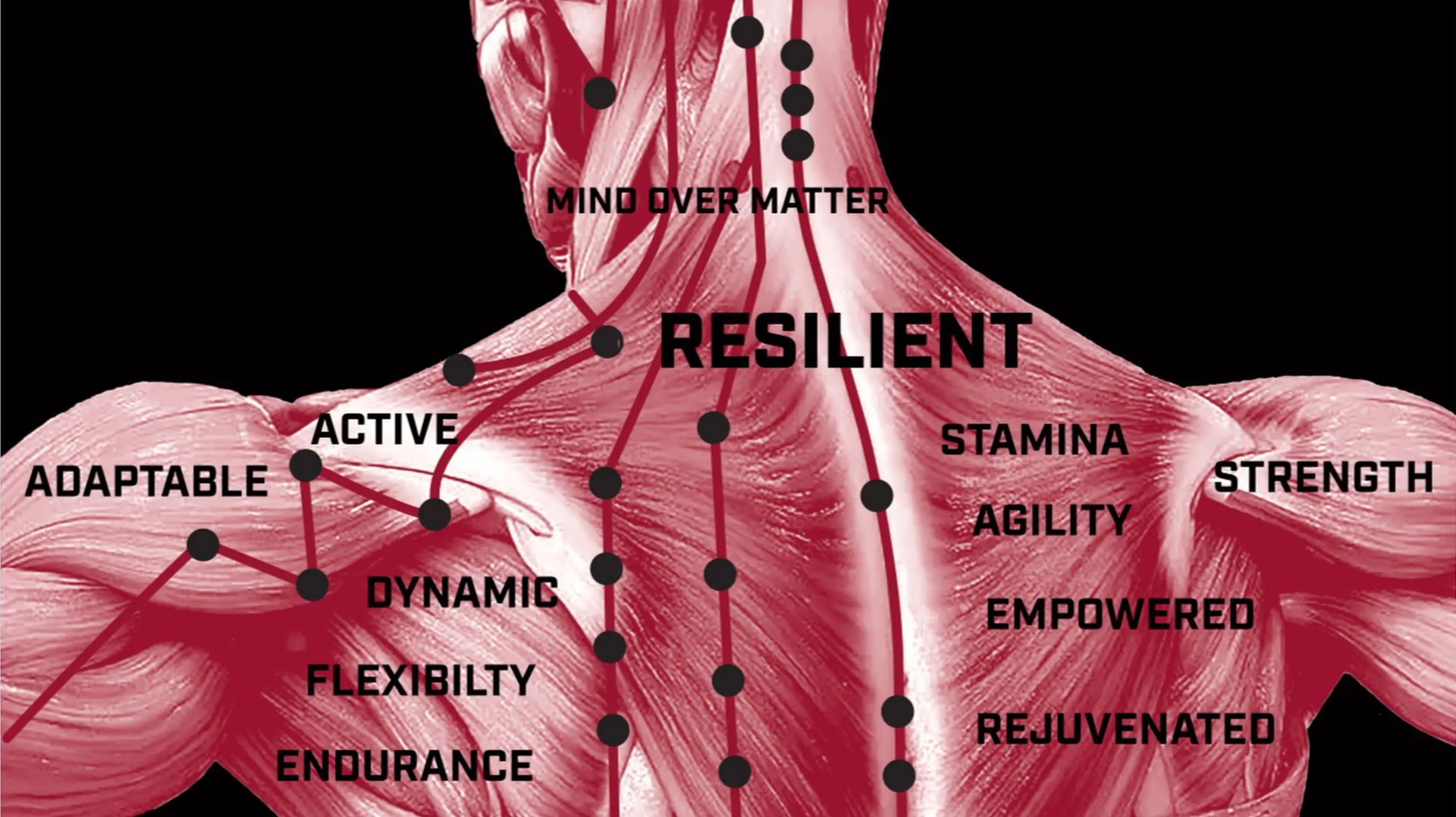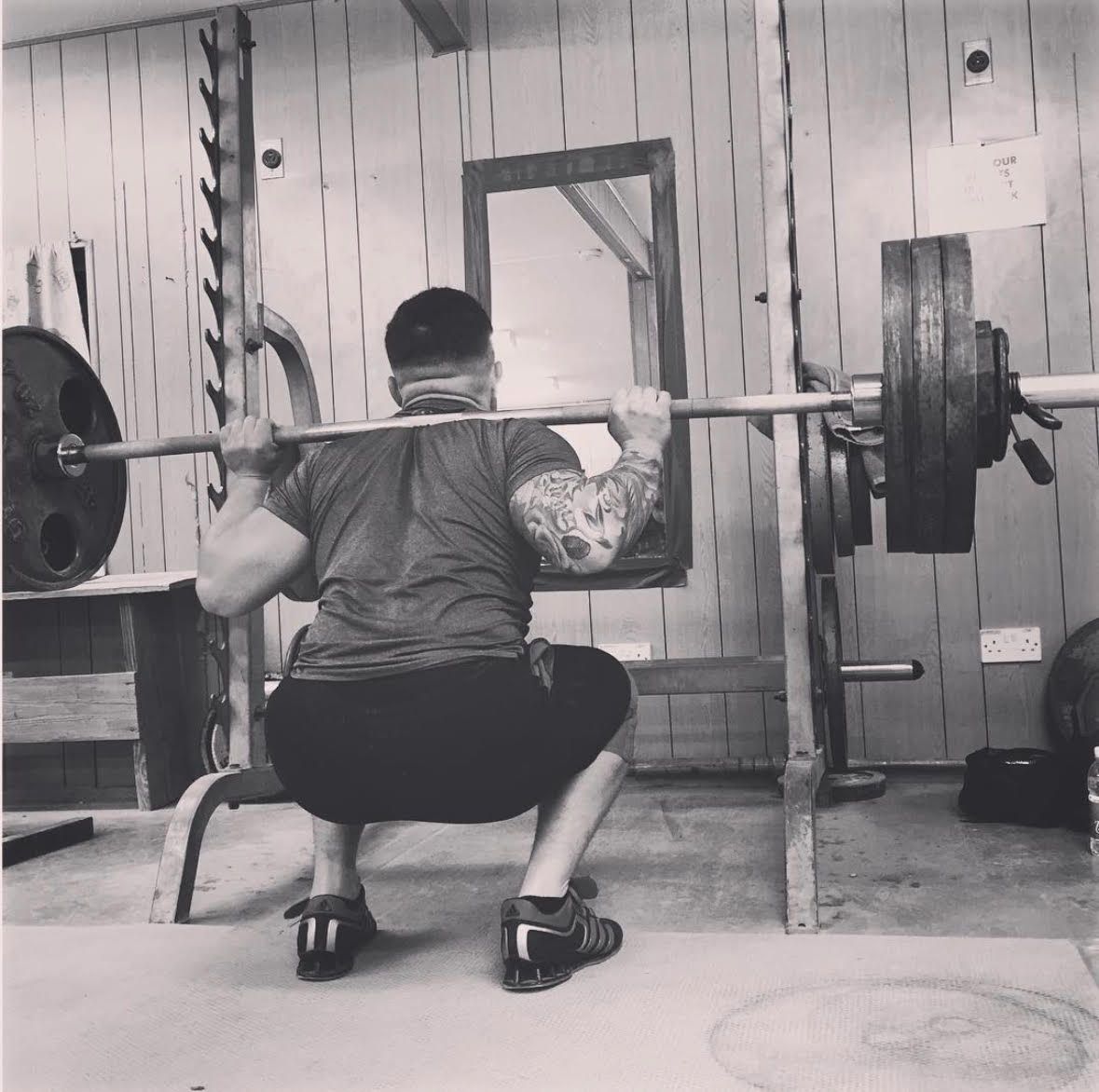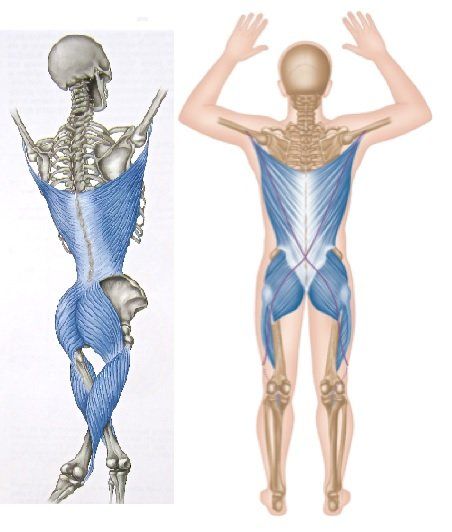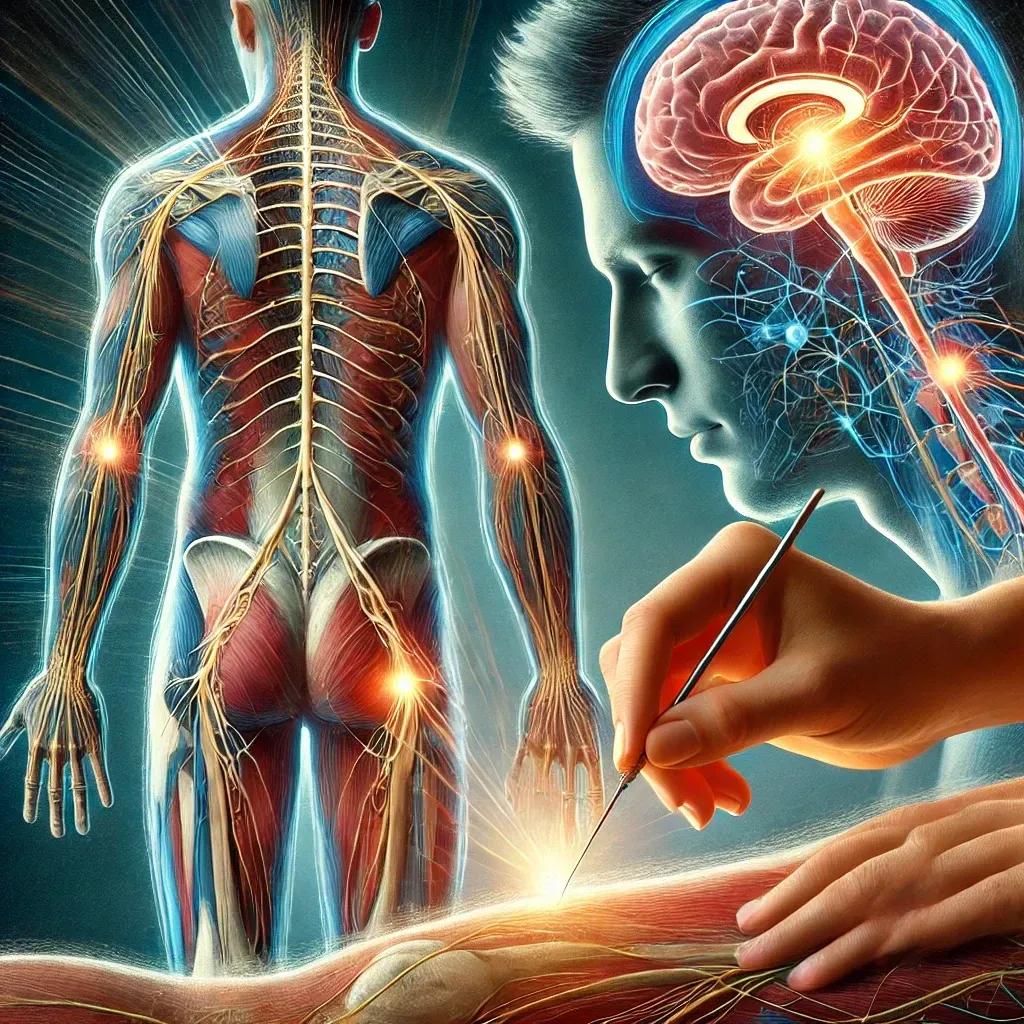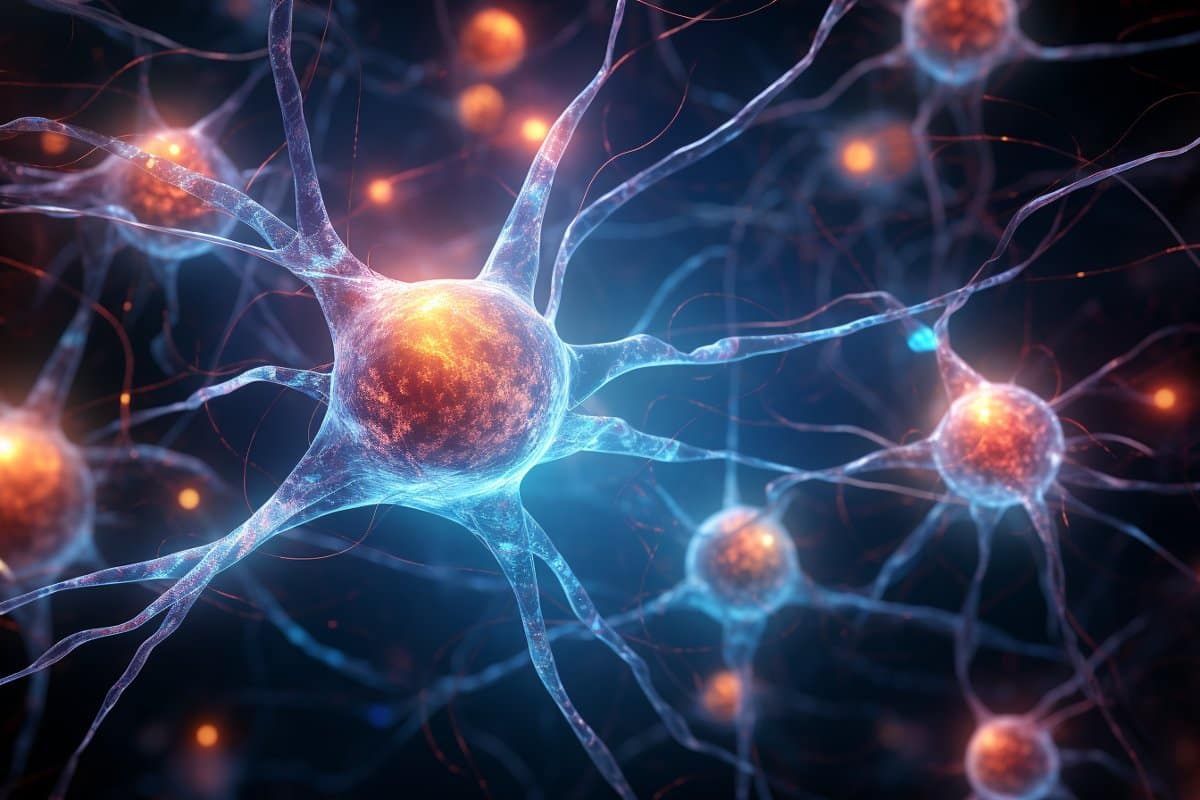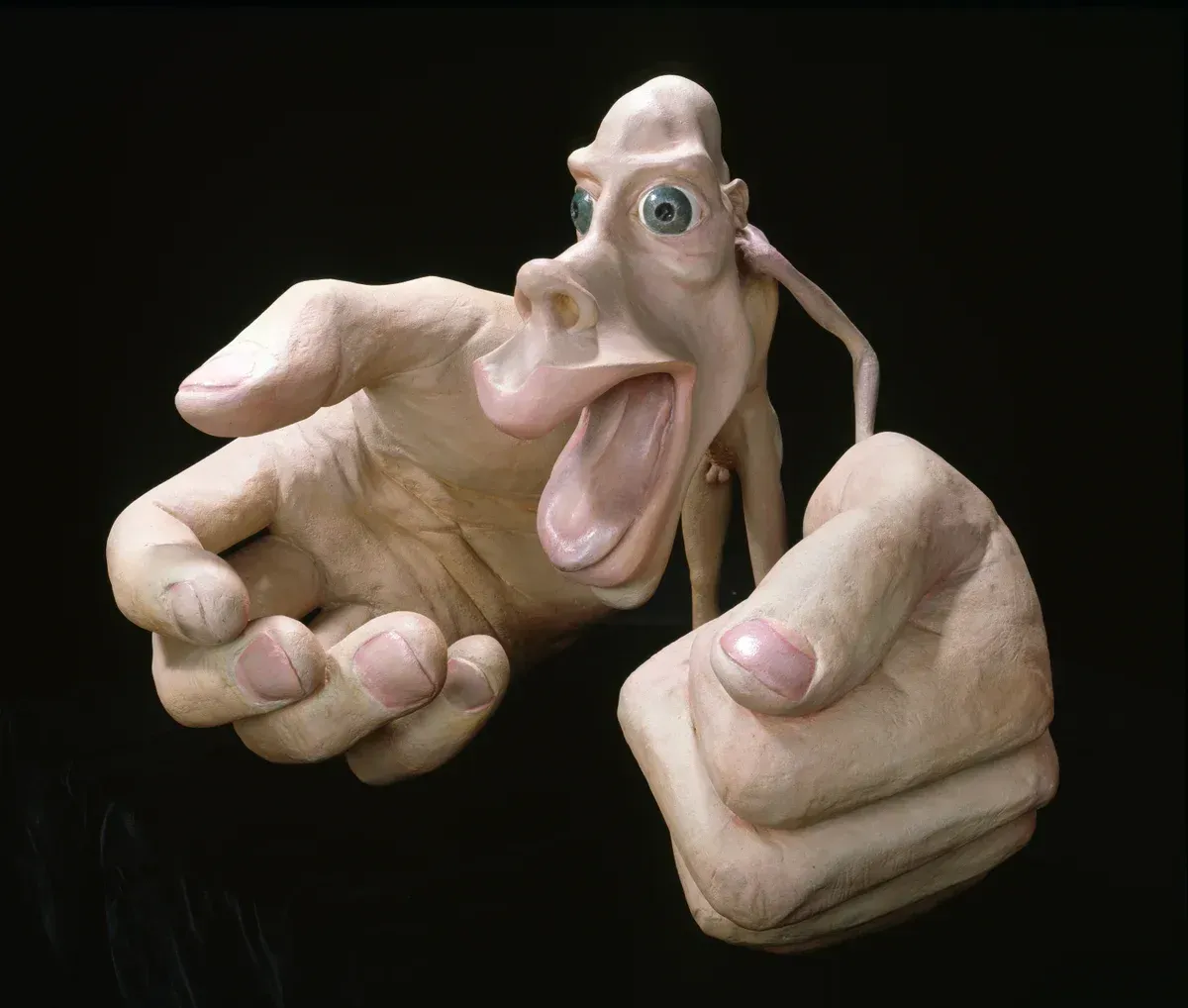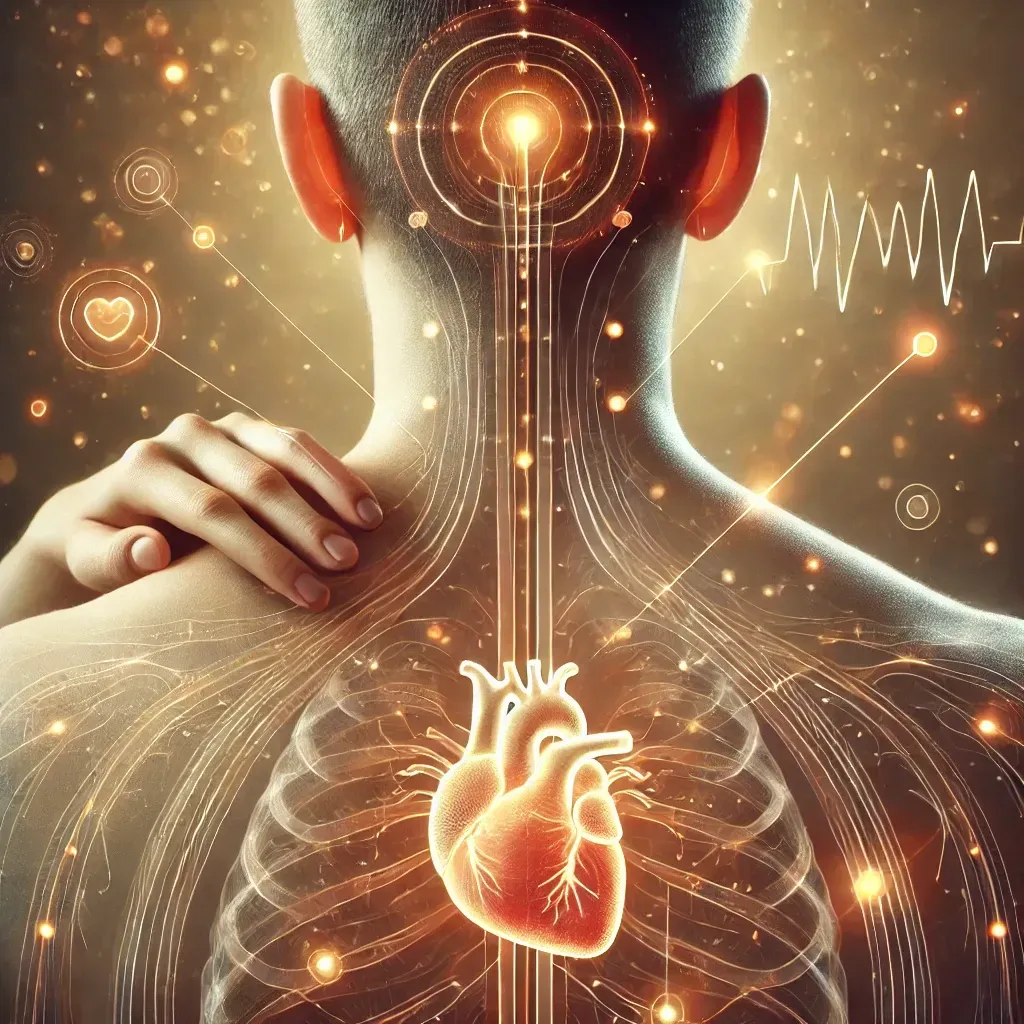The Ancient Origins of Chiropractic, Physical Therapy, and Acupuncture
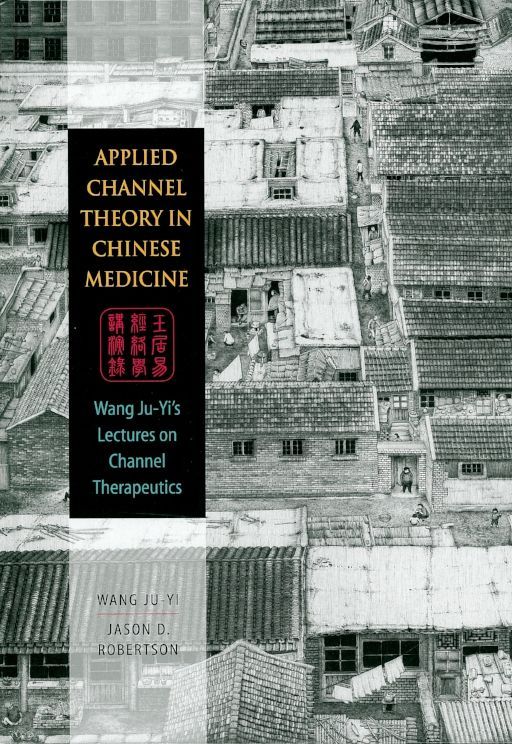
Modern healthcare owes a significant debt to ancient medical practices. The foundational principles behind chiropractic care, physical therapy, and acupuncture have deep roots in ancient civilizations, notably in China and Greece. This article delves into the origins of these therapies, examining their evolution and the profound influence they continue to exert on contemporary health practices.
Spinal Manipulation in Ancient China and Greece
Ancient Chinese texts from as far back as 2700 B.C. document the practice of spinal manipulation to address pain and improve overall health. These writings describe methods similar to modern chiropractic techniques, emphasizing the importance of spinal health in maintaining bodily function (Zhao et al., 2020). In a parallel development, the ancient Greeks around 1500 B.C. also employed manual therapy for musculoskeletal issues.
Hippocrates, often regarded as the “Father of Medicine,” emphasized the importance of spinal alignment, famously stating, “Get knowledge of the spine, for this is the requisite for many diseases” (Bakker et al., 2019). These early approaches to spinal manipulation laid the groundwork for chiropractic care, which formally emerged in the late 19th century. The shared emphasis on the spine as a central focus underscores a universal understanding of its critical role in overall health.
The Evolution of Physical Therapy
Physical therapy also traces its origins to ancient civilizations. In Greece, physical therapy took the form of therapeutic exercises prescribed by Hippocrates and later by Galen, another prominent Greek physician. They utilized massage, hydrotherapy, and exercise to treat injuries and ailments (Cameron, 2020). Similarly, ancient Chinese practices, such as tui na (a form of medical massage), were employed to restore physical function and reduce pain.
During the World Wars, the discipline of physical therapy expanded as rehabilitative care for injured soldiers became a priority. Modern physical therapy now incorporates evidence-based practices and advanced technologies, but its principles remain rooted in these ancient traditions of movement, massage, and physical manipulation.
Acupuncture: An Ancient Art of Healing
Acupuncture, one of the oldest medical practices, originated in China over 3,000 years ago. It is based on the concept of balancing the body's vital energy, known as qi, which flows along meridians or pathways in the body. Thin needles are inserted at specific points to restore balance, alleviate pain, and promote healing (World Health Organization, 2008).
The influence of acupuncture has transcended time and geography. Today, it is widely accepted in Western medicine as a complementary therapy, supported by clinical evidence for its effectiveness in managing chronic pain, headaches, and even mental health conditions like anxiety (MacPherson et al., 2017).
Integration into Modern Healthcare
While chiropractic, physical therapy, and acupuncture originated independently, they share an emphasis on holistic and non-invasive approaches to health. The integration of these therapies into modern healthcare reflects a growing recognition of their efficacy. Research consistently supports their use in treating musculoskeletal disorders, chronic pain, and other conditions (Cherkin et al., 2016). For instance, chiropractic care has been shown to improve outcomes for patients with lower back pain, while physical therapy remains a cornerstone for rehabilitation (Rubinstein et al., 2019). Acupuncture, often combined with these therapies, enhances pain relief and promotes relaxation, offering a comprehensive approach to patient care.
Conclusion
The origins of chiropractic, physical therapy, and acupuncture reveal a fascinating history of medical innovation and cross-cultural exchange. Rooted in ancient practices from China and Greece, these therapies have evolved to become indispensable components of modern healthcare. As they continue to blend ancient wisdom with scientific advancements, their enduring relevance speaks to the timeless importance of addressing health through holistic and patient-centered approaches.
References
- Bakker, J., Miller, F., & Taylor, M. (2019). The history and philosophy of chiropractic care: Ancient origins to modern application. Journal of Chiropractic Medicine, 18(4), 120-125.
- Cameron, M. (2020). Physical agents in rehabilitation: From research to practice (5th ed.). Saunders.
- Cherkin, D. C., Sherman, K. J., & Balderson, B. H. (2016). Effectiveness of complementary therapies: Acupuncture, chiropractic, and massage. Journal of Pain Research, 9, 121-129.
- MacPherson, H., Altman, D. G., Hammerschlag, R., Youping, L., & White, A. (2017). Acupuncture for chronic pain and depression: A systematic review of randomized controlled trials. BMJ, 356, j448.
- Rubinstein, S. M., Terwee, C. B., & van Tulder, M. W. (2019). Spinal manipulative therapy for acute low-back pain. The Cochrane Database of Systematic Reviews, 4, CD008880.
- World Health Organization. (2008). Acupuncture: Review and analysis of reports on controlled clinical trials. Geneva: WHO.
- Zhao, H., Jiang, Y., & Li, Z. (2020). The ancient roots of modern spinal manipulation: Evidence from Chinese medical texts. Chinese Medicine, 15(1), 14-22.
